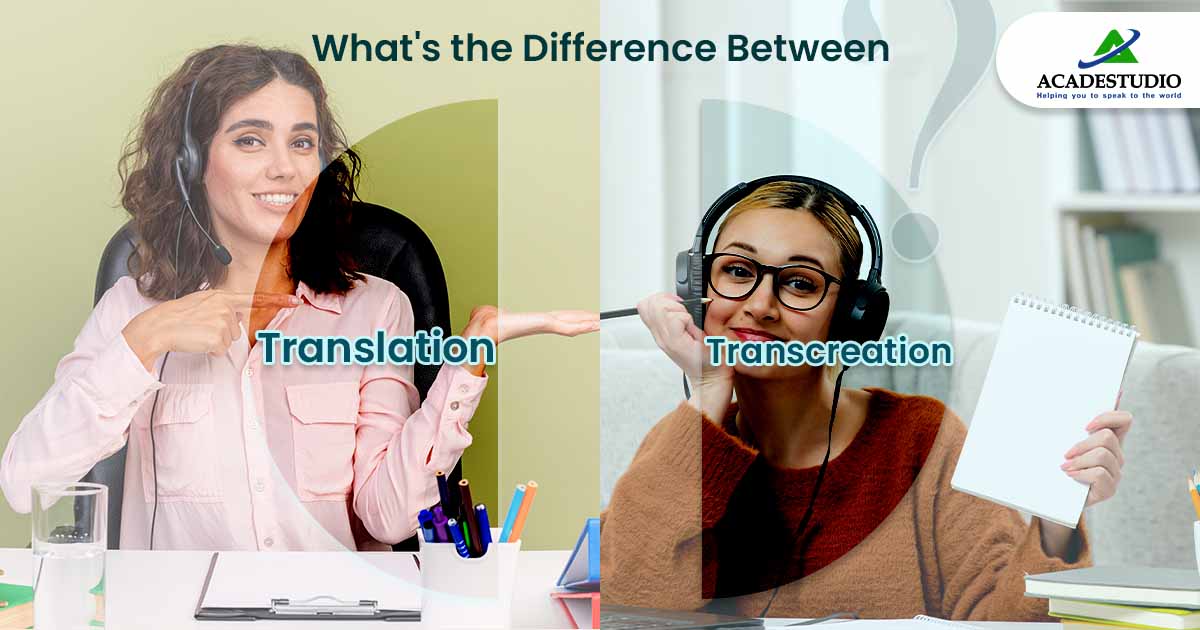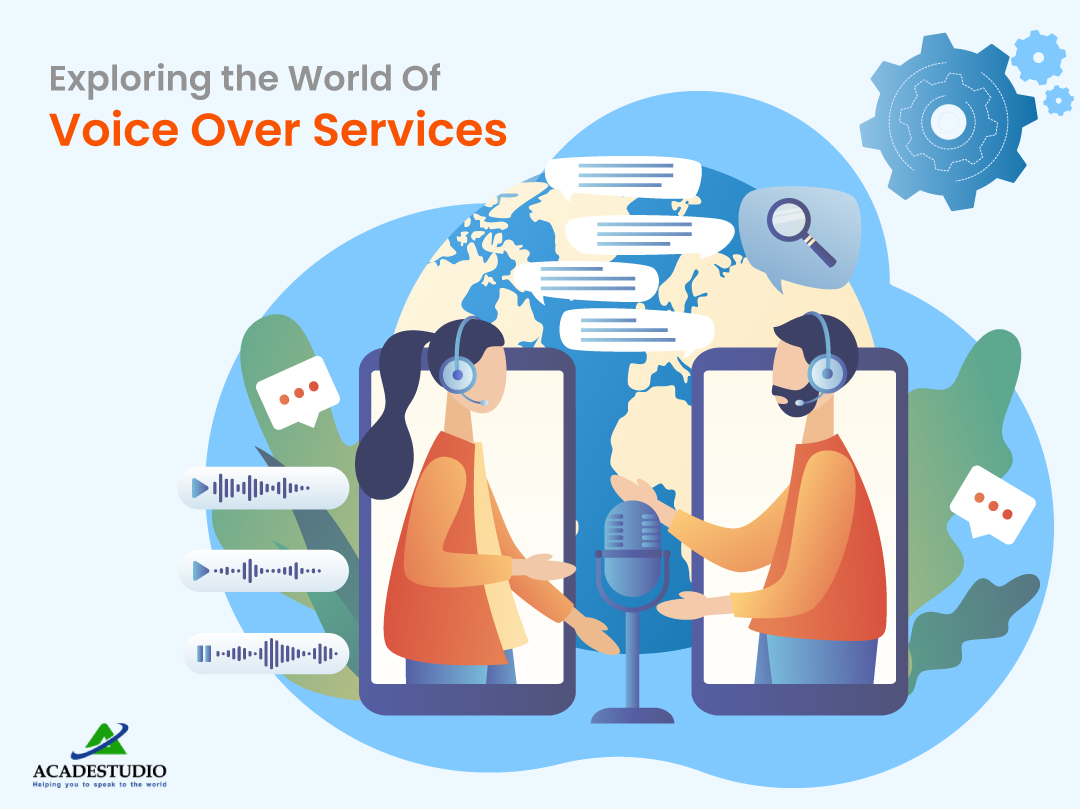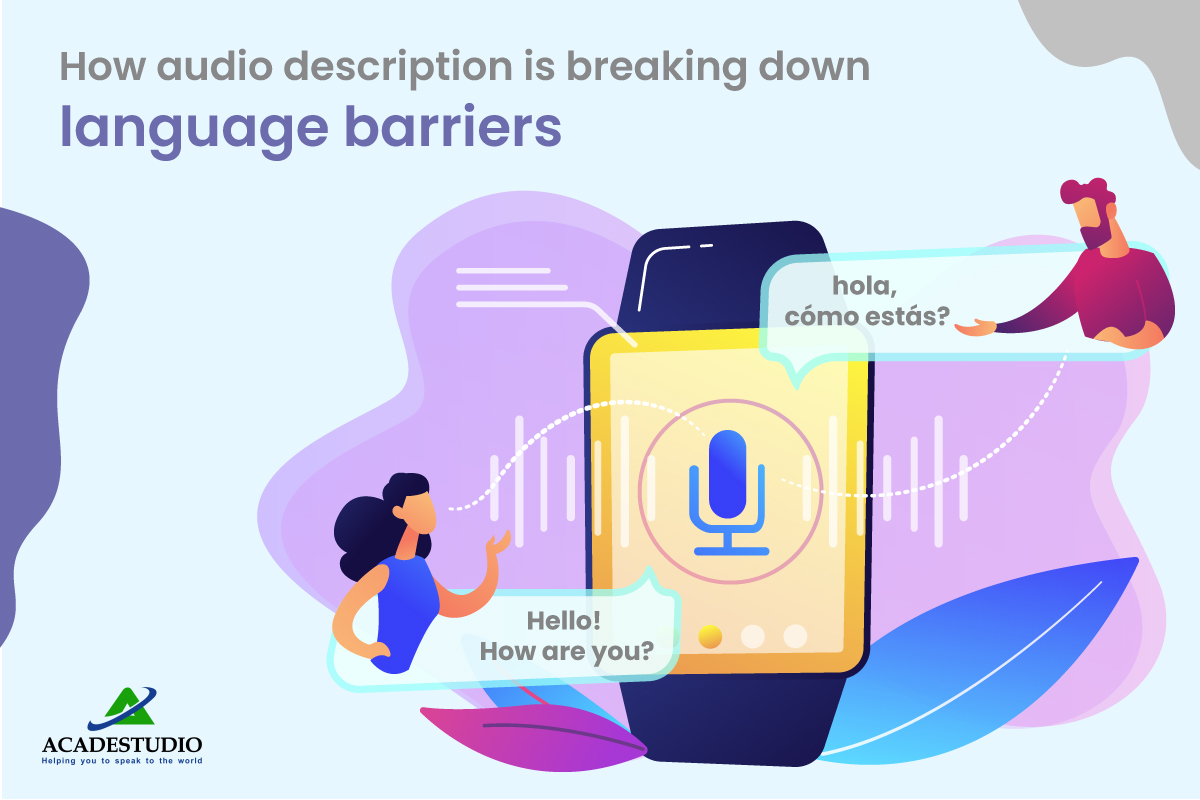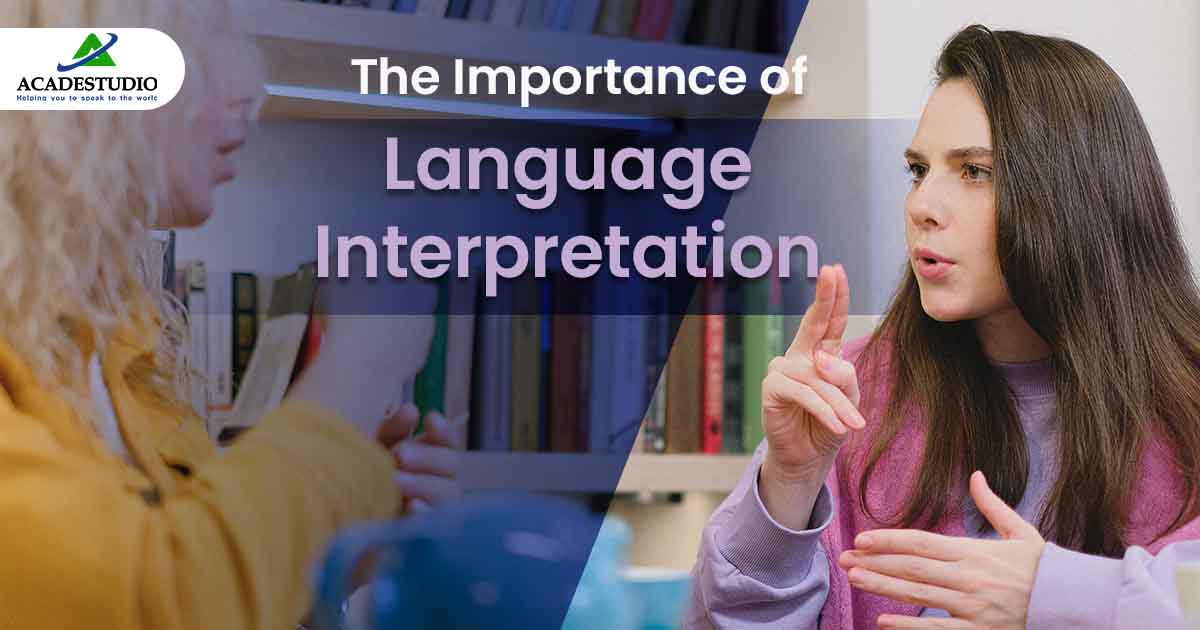Are you curious about
the differences between Translation and
Transcreation? These two terms are interchangeable, but they have distinct
meanings that are important to understand. In this blog post, we'll discuss the
key differences between them. Understanding these differences can help you
choose the right approach for your communication needs. So, let's dive in and
analyze the nuances. But first, let's know about them in detail.
What is Translation and
Transcreation?
Translation and
transcreation are two different approaches to language services. Translation
involves rendering a text from one language to another, while transcreation
involves recreating a message in a different cultural context.
Translation is the
process of taking a text in one language and rendering it in another. It
involves a deep understanding of both languages and cultures. In translation,
the focus is on the meaning and accuracy of the original text. The goal is to
convey the same message in a different language without losing the essence of
the original.
On the other hand,
transcreation is more about adaptation and localization. It involves recreating
a message in a culturally appropriate way for the target audience. In
transcreation, the focus is on the message rather than the words used to convey
it. The goal is to make the message resonate with the target audience while
staying true to the original intention of the message.
In Translation Services, the
goal is to maintain accuracy and fidelity to the source text. In contrast, Transcreation
Services aims to create a culturally relevant message that resonates
with the target audience. The translation is more suitable for technical
documents, legal texts, and other materials where accuracy and precision are
critical. Conversely, transcreation is more suitable for marketing and
advertising materials, where cultural nuances and emotional appeal are
important.
Differences Between
Translation and Transcreation
Translation and
transcreation are two distinct approaches to adapting content from one language
to another. While they may appear similar at first glance, several key
differences between the two make them suitable for different types of content.
1. Fidelity to the Source Text
Translation aims to
maintain the accuracy and meaning of the source text, whereas transcreation is
more focused on adapting the message to resonate with the target audience. The
goal of translation is to convey the same message in the target language as
accurately as possible. This requires a deep understanding of the source and
target languages and the context and cultural nuances. Transcreation, on the
other hand, is more concerned with creating a new message that captures the
essence of the original but adapts it to be culturally relevant and appealing
to the target audience.
2. Level of Creativity
Translation is generally
viewed as a more technical and objective process, whereas transcreation
requires greater creativity and subjective judgment. Transcreation involves
recreating a message in a new context, which requires linguistic skills,
cultural sensitivity, and thinking outside the box. On the other hand,
translation is more focused on the linguistic aspects of the text and does not
necessarily require the same level of creativity.
3. Types of Content
The types of content
that require translation and transcreation differ significantly. The
translation is for technical documents, legal texts, and other materials where
accuracy and precision are critical. Conversely, transcreation is more suitable
for marketing and advertising materials, where cultural nuances and emotional
appeal are essential. Transcreation can be used for any content but is
generally most effective for materials that need to resonate with a specific
audience.
4. Cultural Sensitivity
Both translation and
transcreation require a deep understanding of the cultures involved. However,
transcreation involves greater cultural sensitivity as the message recreates in
a new context. A transcreation needs to understand not only the language but
also the cultural nuances and preferences of the target audience. This requires
a high degree of empathy and sensitivity to the cultural differences between
the source and target cultures.
5. Adaptation vs. Translation
It's worth noting that
transcreation involves more than just translation. While translation involves
transferring meaning from one language to another, transcreation involves
adapting the message to a new cultural context. This can involve changing the words
used, adding or removing information, or even completely changing the message
format to suit the target audience better. In contrast, translation aims to
preserve the meaning of the source text as accurately as possible, even if this
means sacrificing some of the nuances of the original.
6. Use Cases
The translation is best
suited for technical or informative content where accuracy is the priority.
Conversely, transcreation is ideal for creative or persuasive content that
requires a more nuanced approach. In marketing and advertising, transcreation
is to adapt the message to fit the cultural nuances and preferences of the
target audience. This involves changing the language and tone, style, and
imagery used in the original text to create content that resonates with the
target audience.
7. Skills
Both translation and
transcreation require skills. But the skill set required for translation is
different from that of transcreation. A translator must have a deep
understanding of both the source and target languages and be able to accurately
convey the text’s meaning. In contrast, a transcreation must have a high level
of creativity and cultural sensitivity to adapt the message to fit the cultural
nuances and preferences of the target audience.
8. Time and Cost
The translation is
generally a faster and less expensive process than transcreation. Translation
requires less creativity and cultural adaptation and less time and resources.
Transcreation, on the other hand, involves a more creative process and requires
more time and resources.
9. Outcome
The translation outcome
is an accurate version of the original content in the target language. The
translator must ensure that the message is conveyed correctly and that the tone
and context of the original text are maintained. The outcome of transcreation
is a message that resonates with the target audience and generates a desired
response. The transcreation must adapt the message to fit the cultural nuances
and preferences of the target audience. This may involve changing the tone,
style, and imagery used in the original text to create content that resonates
with the target audience.
Summarization
In summary, translation and transcreation share
some similarities but fundamentally different processes. The translation is
focused on preserving the source text's accuracy and meaning, while
transcreation focuses on adapting the message to a new cultural context. The
translation is generally more technical and objective, while transcreation
requires more creativity and cultural sensitivity. The adapted content type
determines whether translation or transcreation is most appropriate.












- From Mobile - 11 min ago
Bring to the table win-win survival strategies to ensure proactive domination. At the end of the day, going forward, a new normal that has evolved from generation X is on the runway heading towards a streamlined cloud solution.
- From Mobile - 7 min ago
Capitalize on low hanging fruit to identify a ballpark value added activity to beta test. Override the digital divide with additional clickthroughs from DevOps. Nanotechnology immersion along the information highway
- From Web - 2 min ago
A new normal that has evolved from generation X is on the runway
- From Mobile - 11 min ago
Capitalize on low hanging fruit to identify a ballpark value added
- From Web - 2 min ago
Real-time will have multiple touchpoints for offshoring.